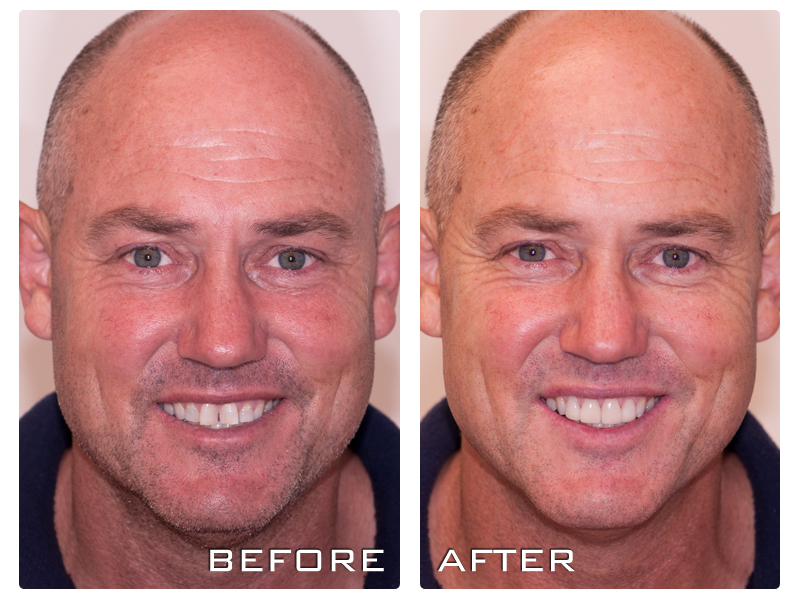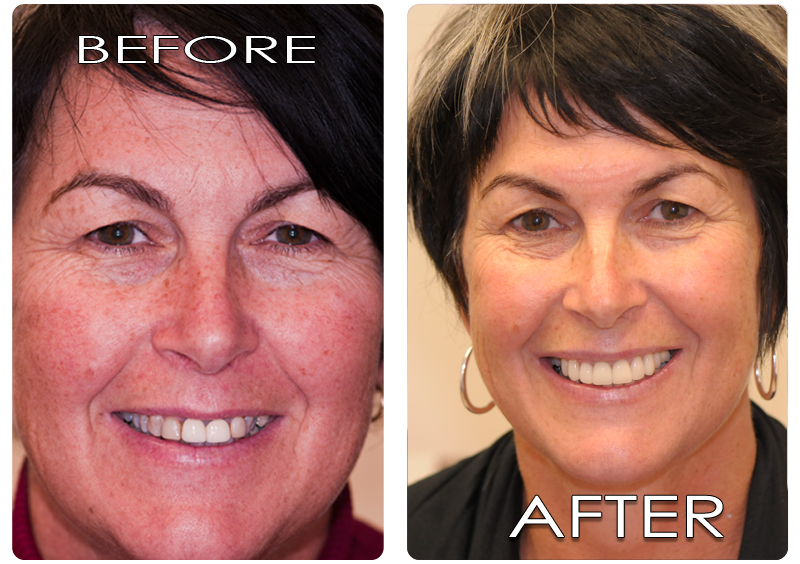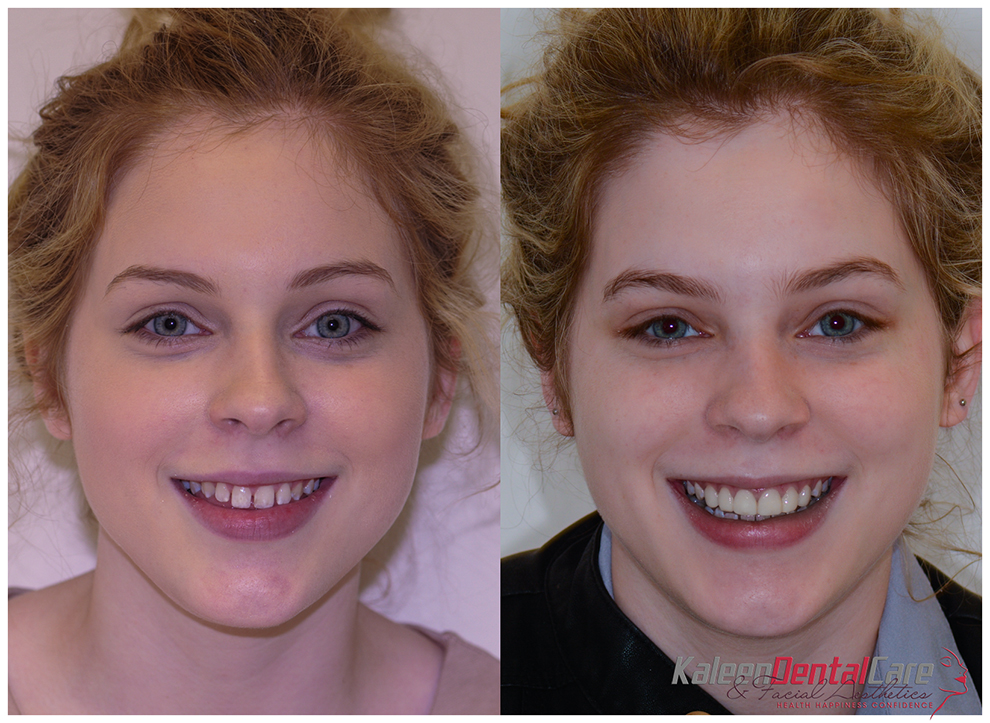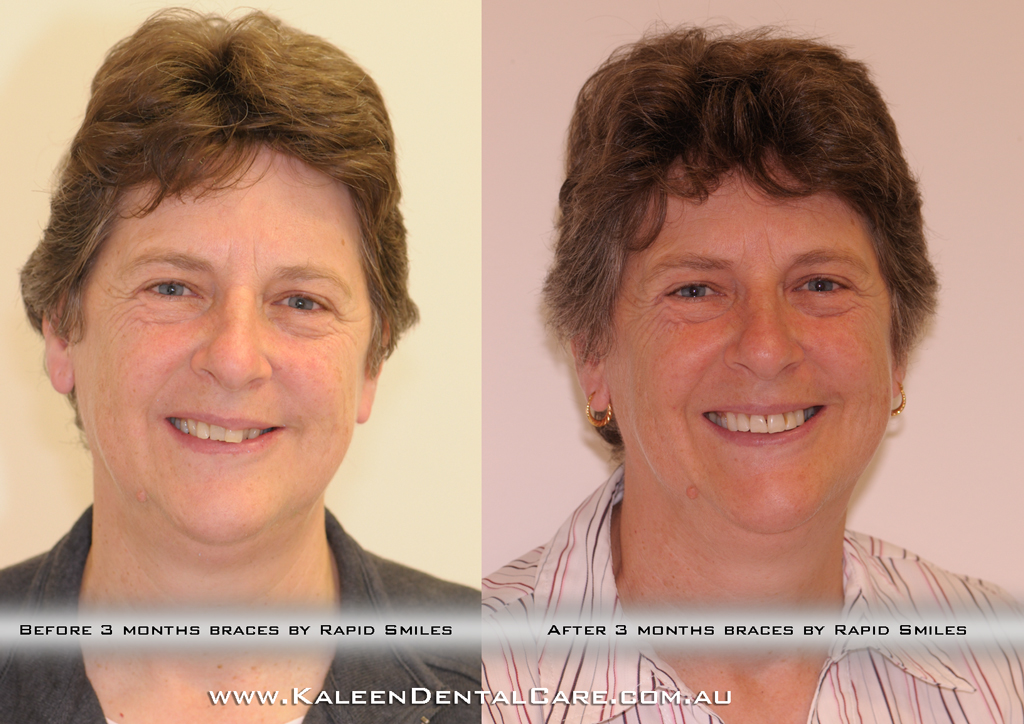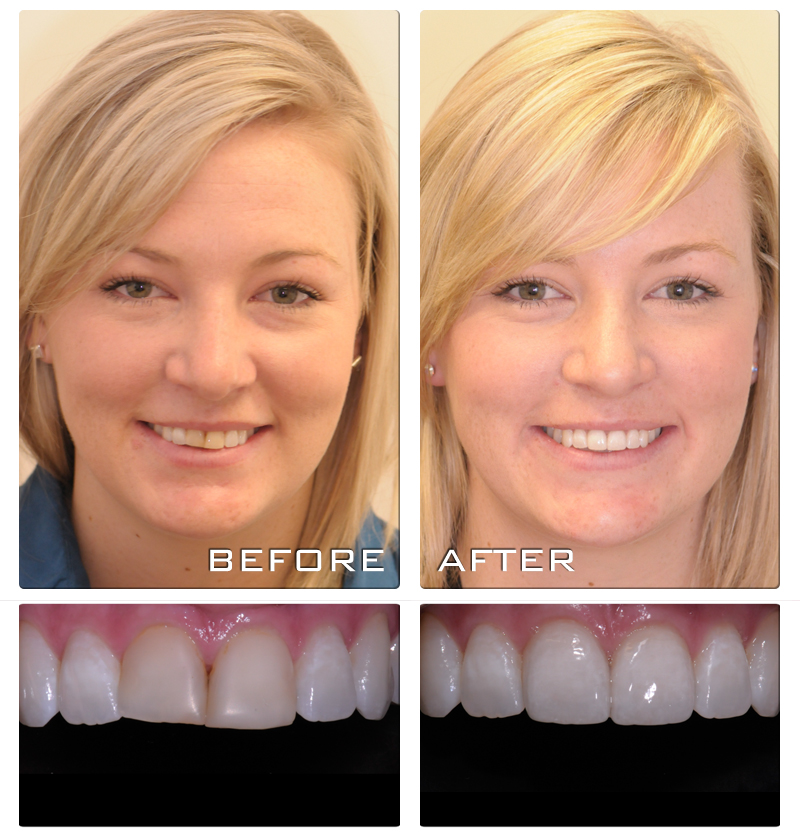Facial Growth & Airways
As parents we absolutely want what is best for our children in every way. Many parents are well aware of the specific milestones that our children should reach during the first eighteen months of life however there are several important growth and development factors that must be evaluated in each child during the first decade of life.
The role of your dentist is more than just taking care of your child’s teeth. The goal of most every dentist is to monitor and guide the growth and development of young children to achieve the following:
- A Pleasing Face which equals Optimal Aesthetics
- A Beautiful “Full Smile”
- A Normal and Functional Bite
- No TMJ Problems
- A Lifetime of Oral Health


Many parents are unaware that 60% of their child’s facial development is completed by Age 8 and that 90% of facial development is completed by Age 12. This means that the earlier your child sees a dentist the better the opportunity to detect and correct any growth and development problems that may be present. Facial growth is the sum of the individual growth of each bone which comprises the face.
There are several influences which can cause an unequal growth of a child’s face and this imbalance may affect a child’s health and appearance. A normal balanced face is the result of more than just bone growth it is the balance of normally functioning muscles, proper nutrition and the ability to breathe normally.
Scientific literature and studies have shown that when these delicate balances are altered changes in health and appearance occur. One of the most common abnormalities in a child’s facial growth and development is caused by a compromised airway or quite simply stated – The inability to breathe properly through the nose.
Children who cannot breathe well through their nose will tend to breathe through their mouth. This sets up a chain of events which may severely impact not only the health of a child but also the way a child’s facial features develop and ultimately the way a child looks as an adult.
The most common causes of altered breathing are:
- Enlarged Adenoids
- Enlarged Tonsils
- Deviated Septum (Nasal obstruction)
- Allergies
- Chronic Sinus Infections


The effects of a compromised airway on the growth of a child are revealed in many ways.
The tongue often positions itself snugly in the lower jaw to allow a child to breathe more readily through the mouth. This in turn changes the growth of the lower jaw so that it grows more vertically.
This change in growth direction makes the child’s face grow longer. At the same time since nasal breathing is severely compromised, the upper jaw and midface (the nasal bones, cheek bones, and bones supporting the tissue of the face) fail to develop at a normal rate because the natural growth stimulant of air flow through the nose is absent.
This results in a deficiency of growth, of the upper jaw and mid face, which added to the long facial growth from the lower jaw directly impacts the facial balance and beauty of a child and later as an adult.

Here are a few common symptoms of airway problems:
- Mouth Breathing – Lips apart
- Chapped Lips and Soft Tissue Gingivitis
- Venous Pooling Beneath the Eyes – Dark circles beneath the eyes
- Change in Head Posture – Posturing the head forward and/or tipping the forehead backwards
- Tonsil and Adenoid Problems – Chronic sinus problems, throat problems
- Snoring – Children do not usually snore
- Loud grinding of teeth during sleep
- Bed wetting
- Reflux in the Eustachion Tube – Leads to inner ear infections.
Enlarged adenoids and tonsils are by far the most common causes of airway compromise. Adenoids are tonsil-like glands located at the back of the nose.
The most current literature indicates that tonsils and adenoids serve to bolster the immune system during the first two years of life. After that the there seems to be no obvious function and a child can live normally without them.
Children are born with adenoids which are quite small. As a child grows, so do the adenoids, reaching their maximum size when the child is 10 to 12 years old. From that point on, normal adenoid tissue starts to shrink on its own. It’s during the growth phase that adenoids can cause problems.
Enlarged or “hypertrophied” adenoids, can block a child’s nasal passages and result in nasal congestion, mouth breathing and increased snoring. In severe cases, where the adenoid block the nasal passage completely, they can cause sleep disturbances such as sleep apnea where breathing is stopped altogether.
A child may be tired all the time as a result of interrupted sleep related to the nasal blockage which typically worsens at night. Of course enlarged adenoids are not the only cause of persistent nasal congestion in children. Aside from the history of symptoms, the best way to assess the size of the adenoids is for the dentist to take a cephalometric X-ray of the head and neck region. The adenoids are hidden behind the nose and cannot be seen by direct physical examination therefore this X-ray shows several very important details:
- Whether the adenoids and tonsils are enlarged and to what degree they block the nasal passage
- If changes of growth of the facial bones have occurred and to what degree
- If congestion of the various sinuses is present
- What stage of growth and development the child is undergoing and to what degree can the growth changes be corrected by intervention.
The ideal treatment for chronically enlarged, obstructing adenoids and tonsils is to surgically remove them. We also know that chronic nasal blockage can contribute to increased rates of ear infections and persistence of fluid in the middle ear area.
For the child with recurrent ear infections, removal of enlarged and obstructing adenoids may help reduce the number of ear infections.
The child’s dentist working closely with an ENT (Ear, Nose and Throat Specialist) can help to asses and eliminate the causative factors of facial growth abnormalities.
When corrected early in a child’s life the facial growth is encouraged to return to harmonious growth and development. In those cases where facial growth changes are significant and facial harmony is disrupted, the dentist may intervene and guide the child’s growth back to normal.
Using various appliances the dentist can actually modify the abnormal growth pattern and restore the balance of growth that nature intended.
Taking your child to the dentist as early as possible, yes even at age 3, is very important. Here are four advantages of early examination and diagnosis and treatment:
- Removes harmful factors influencing growth
- Excellent ages for growth guidance and restoring normal growth
- Assists in improving the psychological well-being of the child
- Saves some patients from future jaw surgery


It is important to bear in mind that no matter what your child’s rate of development and growth, a loving and supportive environment are crucial to his or her happiness and self-esteem.
If you have a concern about your child’s ability to breathe or rate of growth or development, discuss it with your dentist or otolaryngologist. Please feel free to contact Dr. Linhlan Nguyen with any questions or comments.
I wish you and your family good health, balanced faces and beautiful smiles.
This article may be used with permission by Dr. Linhlan Nguyen, and is © copyrighted by The Facial Beauty Institute, all rights reserved.

